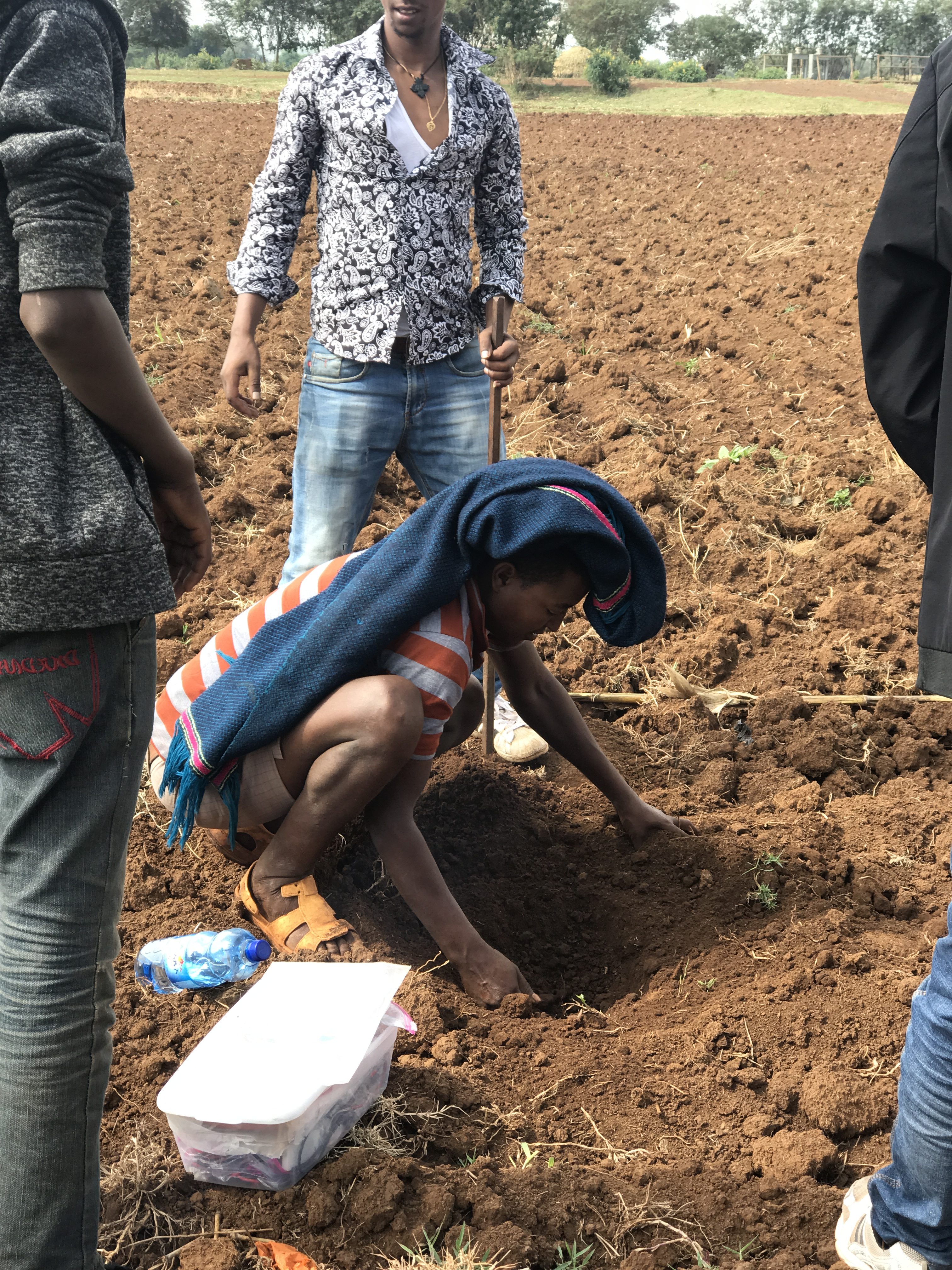Sensor Development Team Highlighted in UConn Today
In the PIRE project, a Citizen Science Initiative (PIRE CSI) is in place that helps collecting soil moisture information which are collected by farmers and high school students, and later on used in the advanced hydrological models (CREST and MODFLOW). From the summer of 2018, we have installed a few state-of-the-art soil moisture sensors that help collect more distributed information, in addition to our already existing TDR measurements. The new sensors developed by the team of UConn engineers, led by Dr. Baikun Li and Dr. Guiling Wang, is environment friendly and very inexpensive. These could save nearly 35% of water consumption and cost far less than what exists. Current sensors that are used in a similar way range from $100 to $1,000 each, while the one developed at UConn cost $2, according to the researchers.

Dr. Li, Dr. Wang, and the UConn sensor development team was featured recently in UConn Today. Dr. Wang, a soil moisture hydrologist, says “On the science side, the new sensor will help address the scarcity of in-situ soil moisture data that has been a major challenge for the advancing of hydrological science; on the humanity side, there is great potential for this low-cost new technology to be used in the developing world to help improve agricultural productivity”.
These sensors were installed with the help of Ethiopian partners during the summer of 2018 alongside a team of UConn graduate students. Originally the sensors measure soil electrical resistivity, which provides an understanding of the amount of water contents available in the soil to allow exchange of ions. Later on, the resistivity data is converted into soil moisture variable through calibration with TDR records. Since the summer of 2018, approximately 150s of these sensors have been installed in different locations of the four field sites in the Amhara Region of Ethiopia. In each location, two sensors are placed at 20-cm and 40-cm depths. The farmers have been trained to use these sensors and so far, the data collection and monitoring has been a great experience!
For the full UConn Today article, click here
Categories: News
Published: October 13, 2019